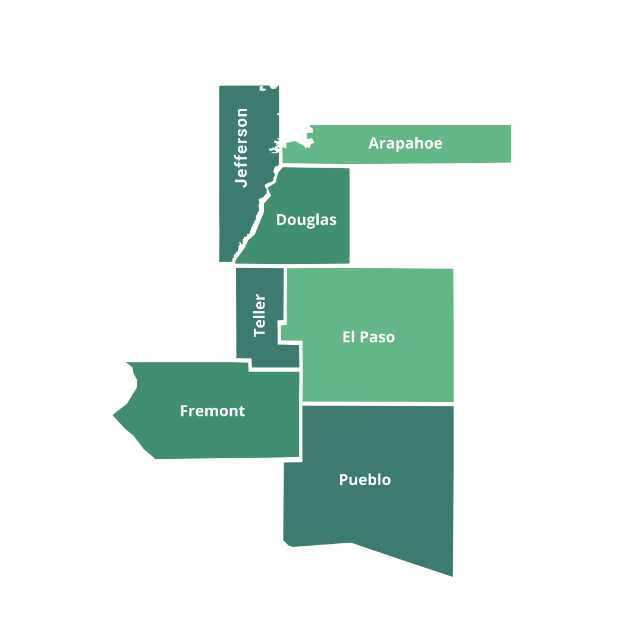The prosecution has to prove beyond a reasonable doubt that you are guilty of criminal mischief.
To do this, prosecutors must prove these elements:
- You damaged the property in question.
- The property damaged belonged to another person.
- You caused the damage to the other person’s property deliberately
The best available defenses for criminal mischief in Colorado then are:
- The defendant did not knowingly or intentionally cause the damage, and it was, in fact, an accident
- The defendant damaged the property in a reasonable act of self-defense
- The defendant was misidentified, and they were not the person that damaged the property
- The defendant is a victim of a false accusation and did not damage the property in question
- The defendant had nothing to do with the damage caused, or the damage was incurred previously to the defendant’s involvement
Colorado Revised Statutes, CRS 18-4-501:
18-4-501. Criminal mischief.
(1) A person commits criminal mischief when he or she knowingly damages the real or personal property of one or more other persons, including property owned by the person jointly with another person or property owned by the person in which another person has a possessory or proprietary interest, in the course of a single criminal episode.
(2) and (3) Repealed.
(4) Criminal mischief is:
(a) A class 3 misdemeanor when the aggregate damage to the real or personal property is less than three hundred dollars;
(b) A class 2 misdemeanor when the aggregate damage to the real or personal property is three hundred dollars or more but less than seven hundred fifty dollars;
(c) A class 1 misdemeanor when the aggregate damage to the real or personal property is seven hundred fifty dollars or more but less than one thousand dollars;
(d) A class 6 felony when the aggregate damage to the real or personal property is one thousand dollars or more but less than five thousand dollars;
(e) A class 5 felony when the aggregate damage to the real or personal property is five thousand dollars or more but less than twenty thousand dollars;
(f) A class 4 felony when the aggregate damage to the real or personal property is twenty thousand dollars or more but less than one hundred thousand dollars;
(g) A class 3 felony when the aggregate damage to the real or personal property is one hundred thousand dollars or more but less than one million dollars; and
(h) A class 2 felony when the aggregate damage to the real or personal property is one million dollars or more.







